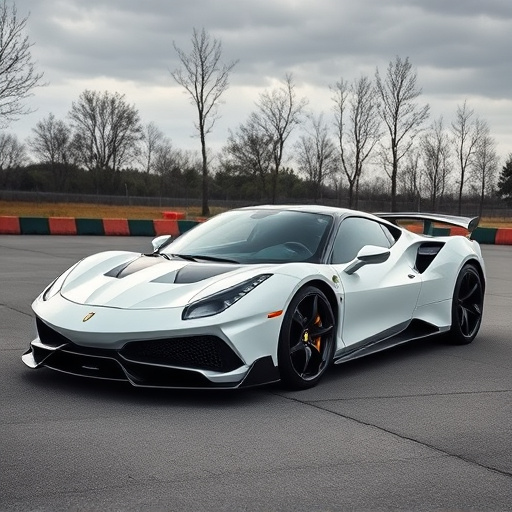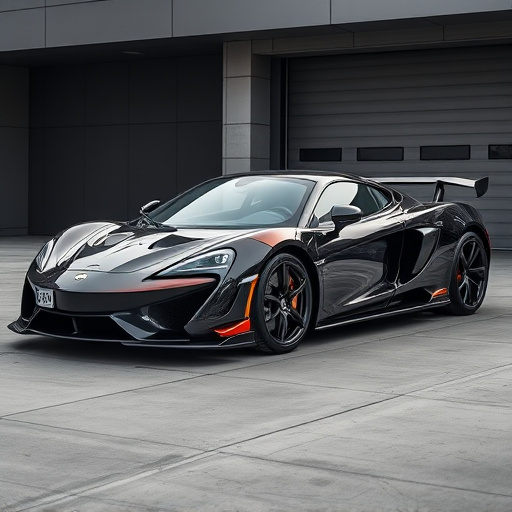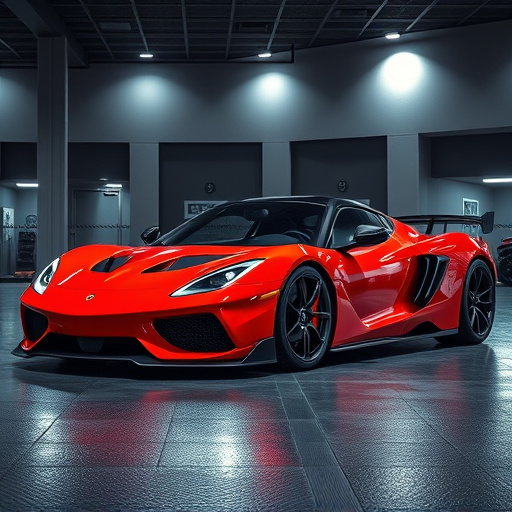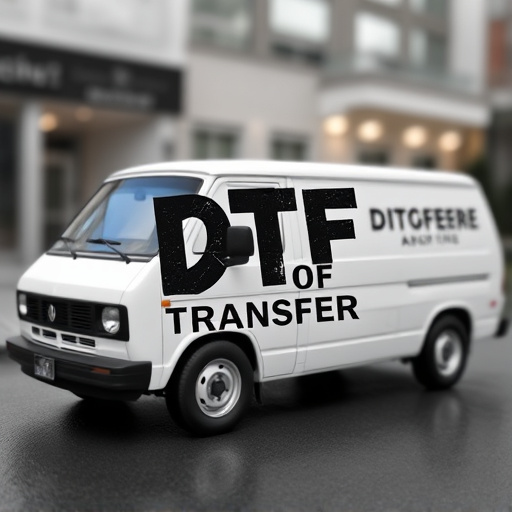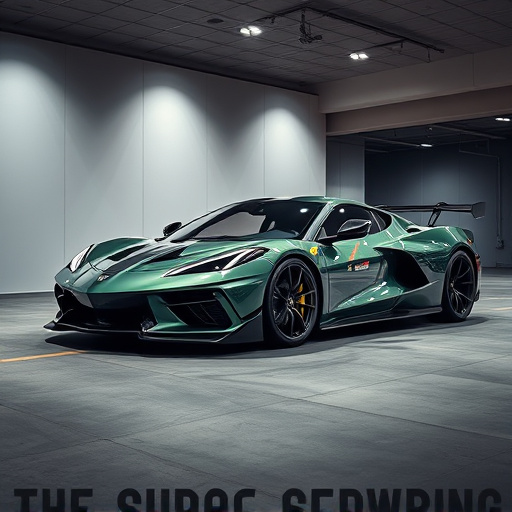UV resistance is crucial for automotive components in regions with high sun exposure, especially carbon fiber intake systems, which are lightweight but susceptible to UV radiation. Manufacturers treat these systems with advanced coatings to enhance UV protection, ensuring durability and performance over extended periods. Carbon fiber's superior strength-to-weight ratio enables lightweighting while preserving structural integrity, making it a practical solution for outdoor products. Despite cost considerations, advancements in carbon fiber processing and coating technologies are increasing accessibility and enhancing vehicle durability and aesthetic appeal.
Carbon fiber intake systems have revolutionized automotive design, offering superior strength and lightweight properties. However, their performance in harsh environmental conditions remains a focus. This article explores the critical aspect of UV resistance, delving into its impact on carbon fiber intake systems and how lightweight design enhances durability. We provide practical considerations for automakers looking to incorporate UV-resistant carbon fiber solutions, ensuring longevity and optimal engine performance.
- Understanding UV Resistance and Its Impact on Carbon Fiber Intake Systems
- The Role of Lightweight Design in Enhancing UV Resistance
- Practical Considerations for Incorporating UV-Resistant Carbon Fiber Intake Systems
Understanding UV Resistance and Its Impact on Carbon Fiber Intake Systems
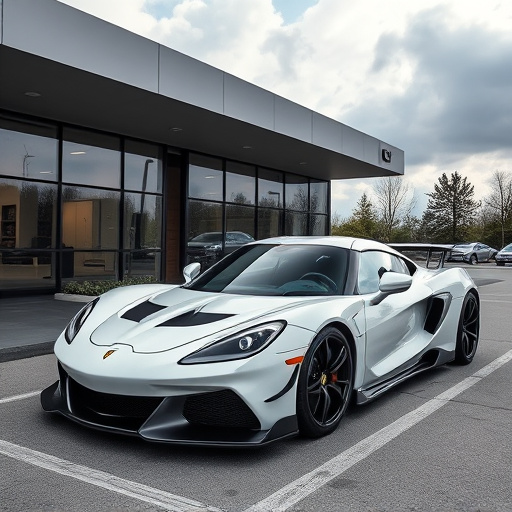
UV resistance is a critical factor to consider when it comes to automotive components, especially in regions with high sun exposure. Carbon fiber intake systems, known for their lightweight and robust nature, require specialized protection against ultraviolet (UV) radiation. UV rays can degrade synthetic materials over time, leading to structural weaknesses and performance issues.
For carbon fiber intake systems, UV resistance is crucial as these components are often exposed to varying weather conditions. The lightweight design makes them susceptible to the harmful effects of UV light, which can cause material deterioration and compromise the overall integrity of the system. Therefore, manufacturers employ advanced coatings and treatments to enhance UV resistance, ensuring these intake systems maintain their strength, durability, and efficiency for extended periods.
The Role of Lightweight Design in Enhancing UV Resistance

The design and material choices in creating outdoor products play a pivotal role in their longevity, especially when exposed to UV radiation. One significant aspect often overlooked is the implementation of lightweight designs, which can significantly enhance UV resistance. Carbon fiber intake systems, for instance, offer a weight-reducing alternative to traditional materials like metal or heavier plastics. This lightweight design philosophy not only improves product portability and ease of use but also provides several advantages in terms of UV protection.
By utilizing carbon fiber, manufacturers can create structures that are resistant to the damaging effects of UV rays. Carbon fiber composites have exceptional mechanical properties, including high strength-to-weight ratios, making them ideal for outdoor applications where weight is a concern yet durability is paramount. The intricate matrix of carbon fibers within these composites creates a barrier against UV light, preventing its penetration and subsequent degradation of materials over time. This innovative approach ensures that products designed with lightweight carbon fiber intake systems can withstand prolonged exposure to the sun’s harmful rays, maintaining their structural integrity and aesthetic appeal for extended periods.
Practical Considerations for Incorporating UV-Resistant Carbon Fiber Intake Systems

Incorporating UV-resistant carbon fiber intake systems offers a practical and durable solution for automotive components, especially in regions with high sunlight exposure. Carbon fiber, renowned for its exceptional strength-to-weight ratio, is an ideal material choice for lightweighting vehicle parts while maintaining structural integrity. When treated with UV-resistant coatings or modified during manufacturing, these intake systems can withstand the damaging effects of ultraviolet radiation from sunlight over extended periods.
Practical considerations for adoption include ensuring compatibility with existing vehicle designs and mechanical requirements. Carbon fiber intake systems must be designed to handle various environmental conditions, including temperature fluctuations and moisture, without compromising performance or safety. Moreover, cost-effectiveness plays a role in their widespread implementation, as the material’s unique properties come with a premium. However, advancements in carbon fiber processing and coating technologies are making these systems more accessible and affordable, making them an increasingly attractive option for automakers aiming to enhance vehicle durability and aesthetic appeal.
UV resistance is an essential consideration when designing and implementing carbon fiber intake systems, especially in automotive applications. By understanding the impact of UV radiation on these materials and adopting lightweight design principles, engineers can significantly enhance the durability and performance of carbon fiber intake systems. This article has explored practical strategies for incorporating UV-resistant carbon fiber intake systems, emphasizing the benefits of lightweight designs in achieving optimal resistance and overall system performance.

